I am using a smart card that is signing a SHA-1 hash of a document, and compute a 256 bytes digital signature.
I am using the code posted on this question - iText signing PDF using external signature with smart card.
My problem is that I get the error:" The document has been altered or corrupted since the signature was applied".
I am using a GUI to create the hash and then send the signed 256 bytes that is computed on the card to the signing functions .
Here is my code:
hash creating code of filepath pdf document:
SHA1CryptoServiceProvider sha1 = new SHA1CryptoServiceProvider();
SHA256 sha2 = SHA256.Create();
//sha2.ComputeHash
byte[] pdfBytes = System.IO.File.ReadAllBytes(filePath);
byte[] hash = null;
hash= sha1.ComputeHash(pdfBytes);
the above code is used in one of the GUI functions to create the hash of the document
namespace EIDSmartCardSign
{
class PdfSignature
{
private string outputPdfPath;
private string certPath;
byte[] messageDigest;
private string inputPdfPath;
public PdfSignature(byte[] messageDigest, string inputPdfPath,string outputPdfPath)
{
this.messageDigest = messageDigest;
this.outputPdfPath = outputPdfPath;
this.inputPdfPath = inputPdfPath;
}
public void setCertPath(string certPath)
{
this.certPath = certPath;
}
public void signPdf()
{
X509Certificate2 cert = new X509Certificate2();
cert.Import(certPath); // .cer file certificate obtained from smart card
X509CertificateParser certParse = new Org.BouncyCastle.X509.X509CertificateParser();
Org.BouncyCastle.X509.X509Certificate[] chain = new Org.BouncyCastle.X509.X509Certificate[1] ;
chain[0] = certParse.ReadCertificate(cert.RawData);
X509Certificate2[] certs;
PdfReader reader = new PdfReader(inputPdfPath);
FileStream fout = new FileStream(outputPdfPath,FileMode.Create);
PdfStamper stamper = PdfStamper.CreateSignature(reader, fout, '\0',null,true);
PdfSignatureAppearance appearance = stamper.SignatureAppearance;
appearance.SignatureCreator = "Me";
appearance.Reason = "Testing iText";
appearance.Location = "On my Laptop";
iTextSharp.text.Rectangle rec = new iTextSharp.text.Rectangle(50, 50, 250, 100);
appearance.SetVisibleSignature(rec, 1, "Signature");
IExternalSignature extSignature= new MyExternalSignature("SHA-1",this.messageDigest);
MakeSignature.SignDetached(appearance, extSignature, chain, null, null, null, 0, CryptoStandard.CMS);
//MakeSignature.
}
}
}
